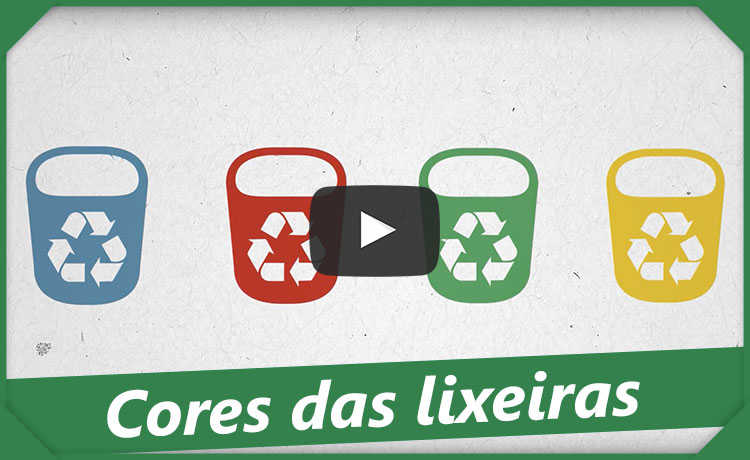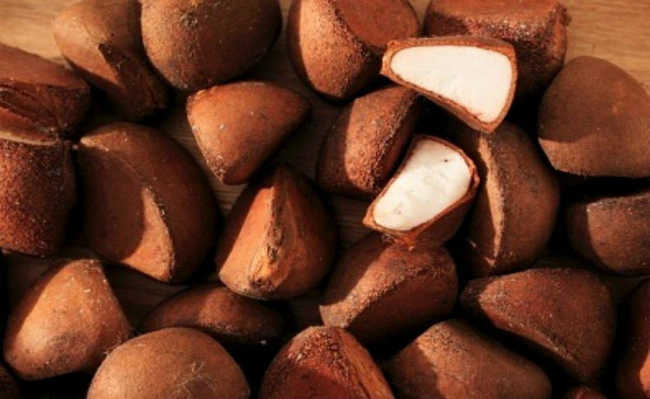Understand the processes behind electronic equipment recycling
See how electronic component recycling happens

The International Labor Organization (ILO) estimates that the worldwide generation of electronic waste, also known as e-waste, reaches the order of tens of millions of tons per year. Electronic waste has several contaminants that are harmful to the environment and health (see more here).
In Brazil, there are collection stations, markets and electronic product retailers that accept Waste Electrical and Electronic Equipment (WEEE). Despite not having high recycling technology, the country is starting this journey to intervene in the growing production of electronic waste (see here the problems of this type of waste).
After collecting the e-waste, the recycling process of electronic equipment starts through a sorting, which can be done manually or by computer - there is a separation of equipment in use conditions (which can be donated) from those that can be donated. cannot be reused.
Soon, the devices are disassembled, and the casing, the battery, the glass and the circuit boards are separated, being given a different destination for each component.
The carcass is crushed and separated by material according to its density. After that, the waste can then be sold to other companies that use the polymers present in these objects, as well as incinerated to generate energy (this method, however, still raises discussions due to substances, such as dioxin, that can be released from this burning), or they can be melted and transformed into another plastic. This recycled material presents, according to some researches, satisfactory performance in mechanical resistance tests.
Toxic materials are placed in tanks prepared to store this type of waste and are sent to specialized companies.
Cell phone screen glass and monitors have different components such as lead and arsenic. Therefore, they are separated by type of glass or are mixed and undergo a grinding and treatment process, and can be sold to companies that use it as a raw material (see more about glass recycling here).
Batteries are separated and destined to specific companies that will make the correct disposal or recycling.
In Brazil there is still no recycling process for the printed circuit board (PCI). It is sent to countries that have enough technology to carry out this type of recycling, such as the USA, Switzerland.
Here's a video about recycling e-waste in Austria:
Even without an adequate technology for recycling e-waste, China and India are the biggest recipients of these materials. Its workers do not use protection and discard the tailings in the soil and in the river. Check out a brief documentary about it (in English):
Types of recycling
There are 3 types of recycling for circuit boards: mechanical, chemical or thermal.
In mechanical recycling, there is a reduction in the size of the material (also called comminution) and the fragmentation of the object, which goes through the crushing and grinding phase. Then, the waste goes through sieves, mechanical classifiers and cyclones, which classify the materials by particle size. Finally, they undergo a magnetic density separation; this process separates the magnetic fragments (Fe, Ni) from the non-magnetic ones. Non-magnetics undergo an electrostatic separation, separating material conductors (for example: Pb, Cu, Sn) from non-conductors of electrical current (polymer and ceramic).
Chemical recycling takes place through the hydrometallurgy process, that is, the extraction of metals using leaching, using aqua regia (75% hydrochloric acid and 25% nitric acid) or sulfuric acid, obtaining fractions heavy (metals) and light fractions (plastics and ceramics).
Finally, thermal recycling occurs through the pyrometallurgy process, which consists of converting metals into different states of purity when they go through high temperatures. The process requires great energy to incinerate the plates and obtain a concentrated metal, which goes to another separation process: electrostatics.
In Japan, for example, where the habit of returning old or broken cell phones to the operator's store is a widespread practice among the local population, stores tend to receive several old cell phones a day. There, these phones are placed in a kind of large pressure cooker at 500°C. After 12 hours, a dark material is obtained, which is taken to separation, where metals such as silver, gold and copper are obtained. A Japanese mining company, for example, was able to produce a ten-kilogram gold bar from metals found in cell phones. Everything is reused - the other metals return to the market in the form of new equipment and the plastic becomes fuel oil for the machines.
According to UNEP's From Waste to Resources report, a ton of cell phones would yield:
- 3.5 kg of silver;
- 130 kg of copper;
- 340 g of gold;
- 140 g of palladium.
So it's an emerging market that is still growing. More investments in technology are needed to recycle electronic components, seeking a more sustainable way to produce electronic equipment.










